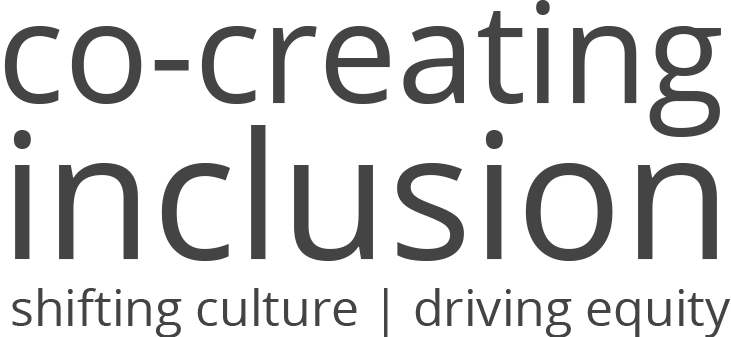Trauma is everywhere, both “big T” and “little t” trauma, much of which has been exacerbated these past two years of a global pandemic.
I do believe some of the shifts have also created opportunities for healing. In my experience, the exacerbation of certain trauma means that we have been forced to confront and address it rather than continuing to white knuckle our way through it.
And yet there is still so much unhealed trauma, and new trauma layered daily at the systemic, institutional, interpersonal as well as internalized level.
Part of the work of diversity, equity and inclusion is to heal ourselves so that in our trauma, we are not causing further harm to ourselves or others.
Read More



















